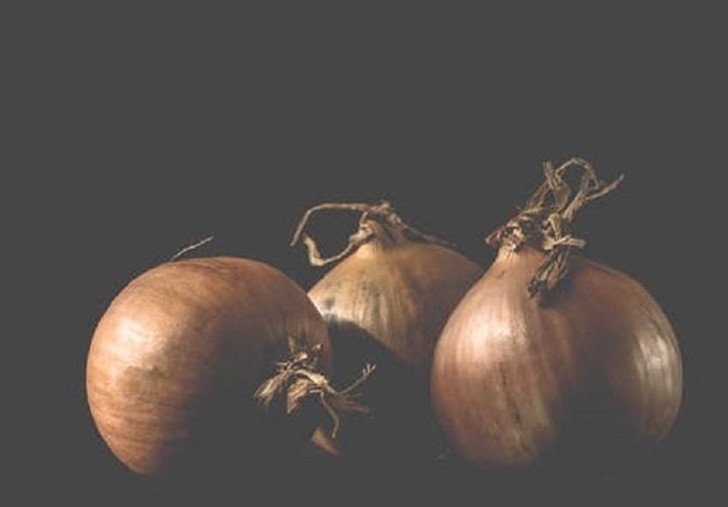Vegetables have long been a key part of our diet as a species and go back many millennia–even some of the oldest cookbooks details how to make food and spices using various types of vegetables. From being used as spices and blended as juice to being cooked as food and used in health remedies, it's no wonder vegetables have been a staple of most civilizations in the past.
When many of us eat food, we mostly do it either for sustenance or to treat our taste buds. However, we also have to consider that our bodies need many vitamins and minerals to function properly and vegetables are a great source of these nutrients.

Ylanite Koppens/Pexels| Onions
Onions
When compared with the daily recommended intake of certain nutrients, one cup of freshly chopped onions (5.6oz/160g) contains 11% fiber, 20% Vitamin C, 10% Vitamin B6, 10% Manganese, and a healthy quantity of potassium and folates. Onions obviously do not have as many nutrients as some of the other vegetables such as Asparagus and Broccoli, but they have the advantage of being readily available and very cheap. As an added plus, they are also packed with anti-oxidants and thus help reduce the risk of cancer too.
To complete the argument, onions work seamlessly with almost any meal as a cooking ingredient, giving you a healthy dose of nutrients and energy. Some people also eat raw onions with food items such as kebab or grilled chicken while others prefer rings of onions on top of cooked rice, eggs, and other cuisines.

Pixabay/Pexels | Green peas
Green Peas
Often used as vegetables, green peas, in fact, aren’t really vegetables. Technically speaking, they are legumes in the same way that beans are legumes and thus, they are just not consumed the same way. When compared with the daily recommended intake of certain nutrients, a single cup of green peas (5.1oz/145g) consists of 16% protein, 97% Vitamin C, 45% vitamin K, 30% fiber, 30% Manganese, 26% thiamine, and significant quantities of other minerals and vitamins.
In addition to vitamins, green peas also pack a protein punch. For people on a plant-based diet, they will find green peas a major source of protein they could incorporate in their own daily meals. Green peas can be used in salads, pea soup, veggie noodle curry, shepherd’s pie, fried rice, vegan indian vegetable curry, green cream with coriander, and even in Indian rice. Now that’s one extremely versatile food item!
